The content of the article
Plumbing is available in every house, for its full functioning it is necessary to carry out regular cleaning measures. Special care is required for the bathtub and toilet, which is where most of the limescale deposits. Pollution cannot be called easily removable, and therefore, effective means must be used to eliminate it. Consider the main aspects.
Types of pollution
- The limescale deposit is a complex pollution, it appears due to the hard tap water, in which a lot of calcium salt is concentrated. All these deposits appear in the lower part of the toilet bowl as a yellow coating. To eliminate pollution, chemicals based on caustic acids are used.
- Another type of pollution is rust. Stripes of orange are formed in the toilet due to clogging of pipes and their old age. In some cases, the walls of the toilet are stained with rust due to the accumulation of iron in tap water.
- Deposits in the form of urinary stone also appear in the toilet, this pollution is usually combined with limescale. The complexity of cleaning increases at times, so it is worthwhile to flush the toilet in a timely manner and carry out hygiene measures.
Important!
To eliminate all types of pollution at the same time, care must be taken to soften the water. For this, a directional tablet should be placed in the drain barrel, which is sold in household chemistry and plumbing stores.
Chemicals for limescale
Modern manufacturing companies supply a variety of household products to store shelves that are aimed at removing rust, urinary stone and plaque in the toilet. To carry out high-quality cleaning, it is necessary to purchase products based on gel or cream, in rare cases, powder formulations are used.
There are 4 main groups of funds:
- Acid cleaners. As the name implies, the agents include a large amount of acid. Among them are hydrochloric, formic, oxalic and their combination among themselves. During the use of such products should carefully protect the respiratory tract, skin of the hands and mucous membranes of the eyes. Acidic cleaners should not be used too often, as they damage the enamel of the toilet. It is forbidden to clean toilet bowls made of ceramics and earthenware with such means. The following are considered explicit representatives of the products: “Toilet duckling Active”, “Santri Gel”.
- Alkaline cleaners. Usually presented in the form of chemical solutions that contain sodium. Quickly remove contaminants of any nature, including urinary stone and limescale. Representatives of alkaline cleaners are considered “Braff gel” and “Dosya”.
- Chlorine-based cleaners. Quickly eliminate various kinds of pollution and unpleasant odors. But they have a sharp aroma that spreads throughout the apartment. Cleaning is done with well-open windows. Chlorine-containing products can be used daily, without fear for the safety of plumbing. We recommend that you consider the "Titan", "Silith Bang" and "Kommet".
- Powder cleaners. They are used in most cases to remove urinary stone, but are also suitable for controlling limescale. As the name implies, the product is a dry powder. It is distributed at the place of contamination, then it is cleaned with a hard brush or a brush. With regular use, enamel can be damaged; lime and urinary stone will clog into microcracks.Preference should be given to Flash, PemoLux, and Big Power.
Folk remedies for removing lime scale
Oxalic acid
- If plaque in the toilet is in an advanced stage, oxalic acid will be an excellent assistant in solving the problem. It is important to understand that the product has a pronounced caustic.
- When working with such a chemical substance, all safety measures must be followed and the use of protective equipment without fail. Wear tight silicone gloves, safety glasses and a fabric respirator.
- Acid can be purchased at any technical store. It is used in various ways. If you are going to remove plaque from a small area of the toilet, you need to pour a little money on a dense rag.
- Wipe off the dirt. The procedure should help. If the toilet is in a neglected state, then acid must be poured into the toilet. Wait 3-5 hours. Then flush the toilet with plenty of water.
- When working with aggressive compounds, do not be lazy to use personal protective equipment. During the procedure, always keep the room with the windows open wide open. The advantage of the product is that it restores toilets, even in a terrible state.
- Citric acid refers to products with more gentle properties. The tool can also cope with complex pollution. Acid proved to be excellent in the fight against raids of various kinds.
- Before starting the procedure, flush the toilet water several times. Gently pour a small amount of hot water into it. The liquid should not be boiling water. Sprinkle the walls of the toilet bowl 100 g. citric acid.
- Use a brush or a dense brush and thoroughly wipe the bottom. Leave the toilet bowl with the product for several hours. After 4-5 hours, clean the walls again and rinse off the water. To cope with a long-standing stone, it is better to leave the acid overnight for deoxidation.
White
- As an alternative and no less effective means is whiteness. Before resorting to the help of a chlorinated composition, it is necessary to get rid of all the water in the toilet bowl. After that, you can infuse the chemical composition.
- In some cases, just wait a few hours to fix the problem. In a neglected state, the toilet with the product is better left until the morning.
- After flaking and breaking the plaque, wash the toilet thoroughly and pay proper attention to the bottom. Flush the toilet several times. It is strictly forbidden to use the toilet for its intended purpose at the time of the cleaning procedure.
Electrolyte
- Many housewives successfully use a simple liquid in the form of an electrolyte. Perhaps friends have ever mentioned the miraculous qualities of the chemical composition. The electrolyte should be used in the deplorable state of the toilet.
- Before the procedure, it is important to consider practical recommendations in which it is forbidden to use such a composition. Do not resort to electrolyte with a slight contamination of the toilet. For such problems, there are more gentle means.
- It is forbidden to resort to the use of electrolyte if sewer plastic pipes and drains depart from the toilet. Aggressive composition can significantly harm the system. Also, do not use a chemical composition if you are connected to a central sewer.
- If you decide on such actions, carefully weighing everything, you must take precautions. Electrolyte is extremely dangerous for the human body. Even a small amount of the substance on the skin can cause severe burns.
- Always wear glasses, gloves and a respirator before the procedure. A protective suit also does not hurt. Note that the substance is applied exclusively to the dry surface of the toilet. Pour in electrolyte with extreme caution; do not spray.
- Wait a while, then rinse the water several times. Please note that the drain must be carried out strictly with the lid closed. Do not forget that the electrolyte is made from highly concentrated acid compounds. Therefore, strictly observe all safety precautions.
Clearing the toilet of old pollution is not difficult. Assess the problem before performing the appropriate procedure. Perhaps the usual means that are sold in any household store will cope with the task. In extreme cases, resort to the help of potent chemicals. Strictly observe all safety precautions.
Video: how to clean the toilet of limescale and urinary stone

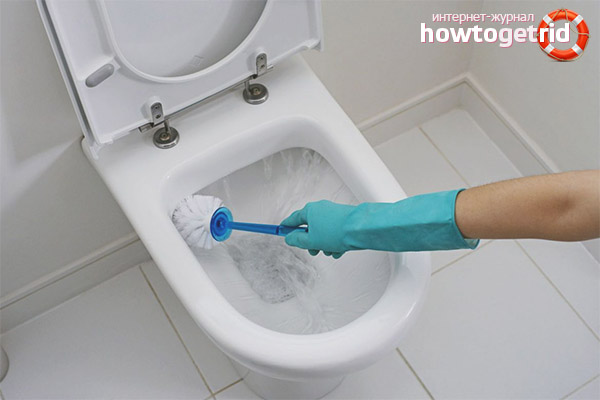

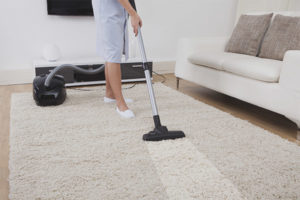

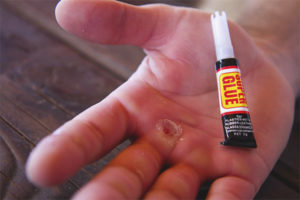

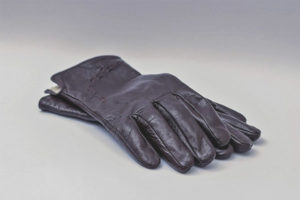


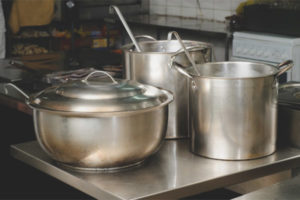
Submit